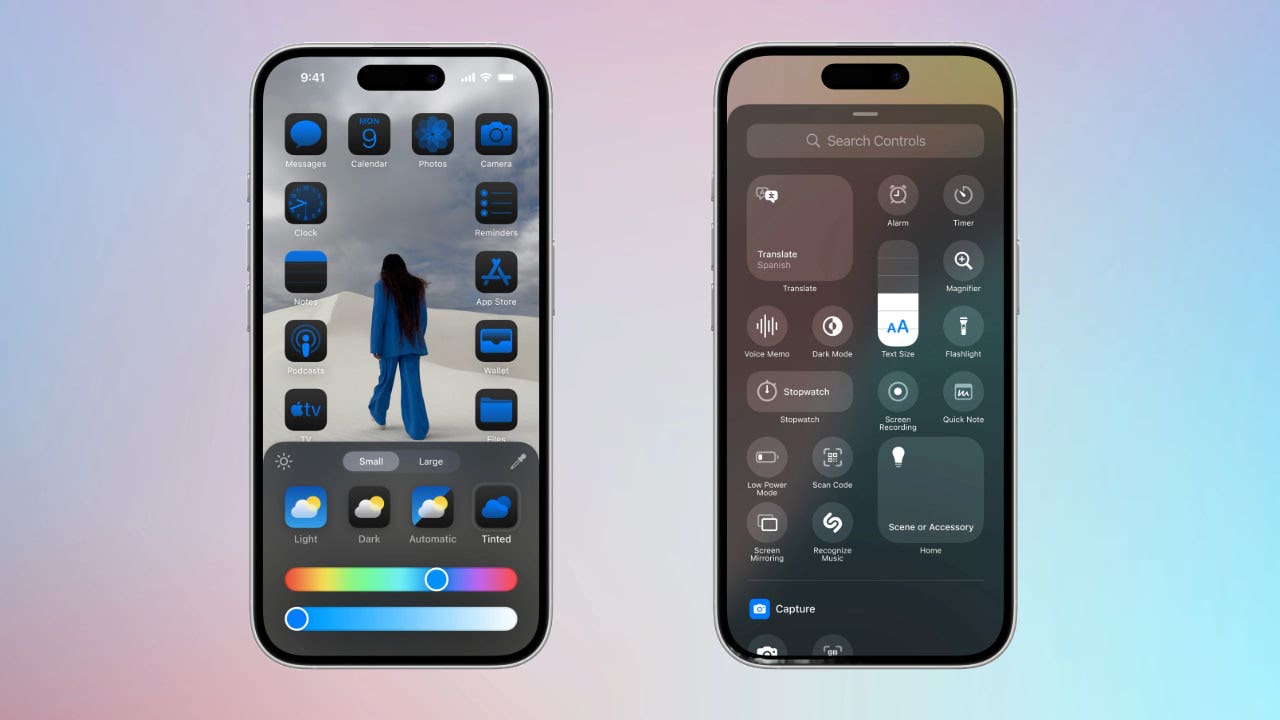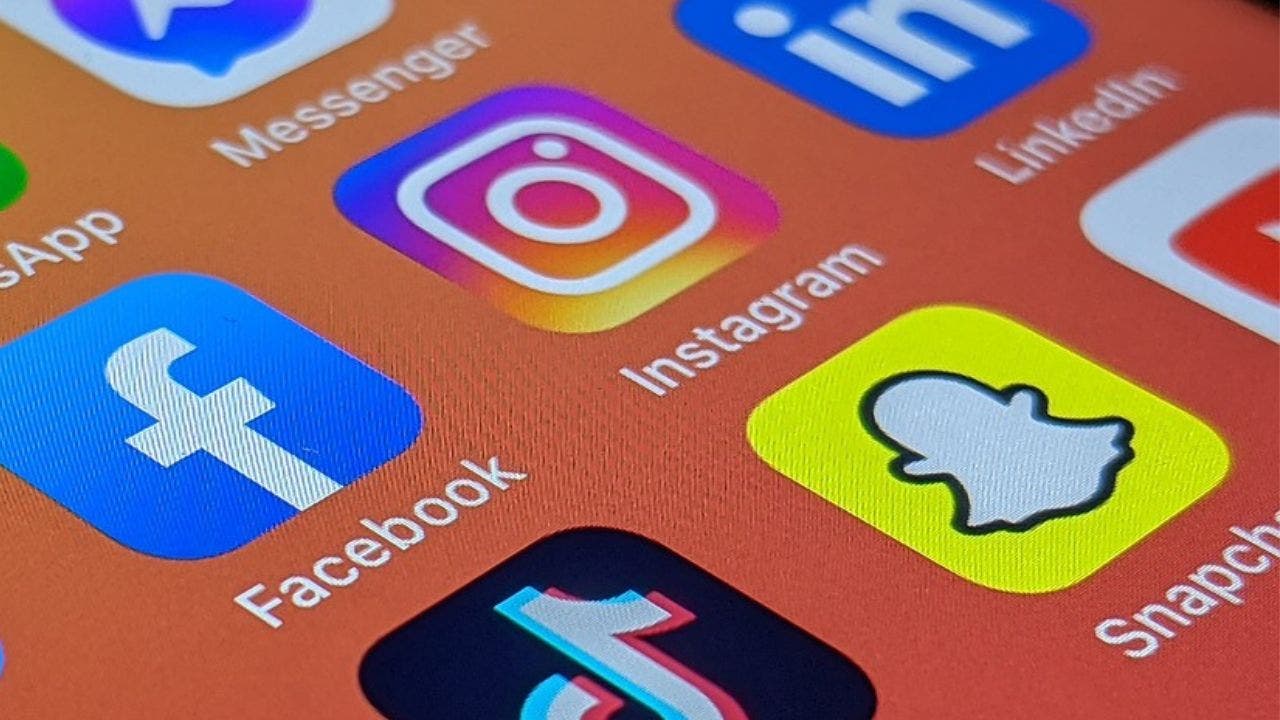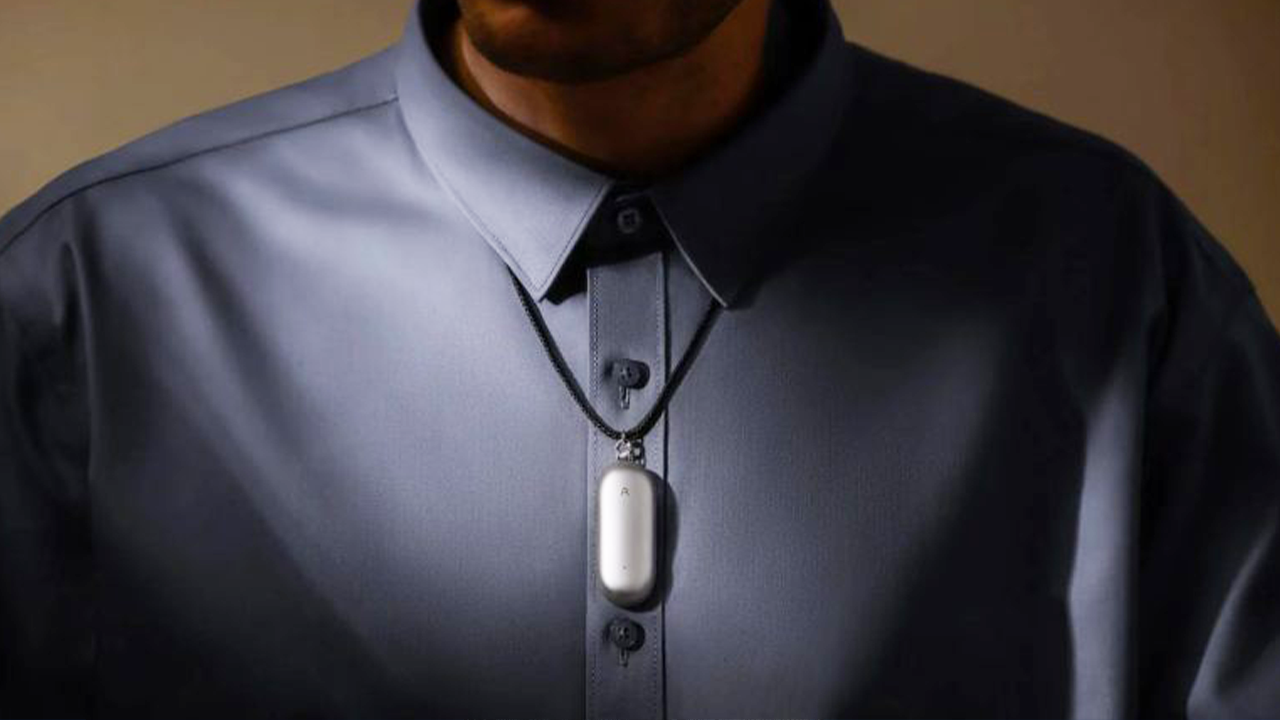One of the most vulnerable moments in life is feeling like your bank account has been hacked. Then, realizing that it is actually compromised is definitely a heart-sinking moment. Unfortunately, hacking is a harsh reality of our digital age, so know you are not alone.
While it can cause you to feel a wave of negative emotions, there are steps you can take immediately following the discovery to regain control of your account or prevent it from spiraling further out of control.
Below are seven tell-tale signs that your bank account has been hacked, six next steps you can take if it happens to you, and 10 ways to prevent it from happening again or in the first place.
A woman is stressed by a hack attack. (Kurt "CyberGuy" Knutsson)
Signs your bank account has likely been hacked
While it is important to verify that your financial institution or someone you share your account with made no error, below are some of the common signs that your bank account has been hacked.
1. Deactivated card
You swipe or tap your debit card to make a purchase when the cashier at the store notifies you that your card has been declined. After several more attempts with the same card, you realize that something is genuinely amiss. If your bank account has been hacked, hackers could have closed your card and requested a new one.
2. Account lockout
You try to log into your bank’s app on your phone or go home and try to log into your account, only to find out your password has changed without your knowledge. Hackers who gain access to your bank accounts tend to change passwords first, so they can run havoc on your account without your intervention.
3. Funds dry out
Anticipating a larger-than-normal bill from the gas company, you log into your bank account to be greeted with a $0 balance. You refresh the page of your bank statement several times, thinking this is a technical error. Yet the balance remains $0 or, at worst, negative (overdrawn) — this means your bank account was likely hacked.
4. Hijacked communications
Your monthly statement usually arrives like clockwork, but it stops coming altogether. At first, you think this is a post office error, but all your other bills and documents arrive in a timely fashion. If your bank statements and other documentation stop arriving, it is likely that hackers could have changed the contact information on your account.
GET FOX BUSINESS ON THE GO BY CLICKING HERE
5. Unauthorized account activity
Your balance has been pretty level, so you haven’t been checking your transactions, but you go to check if a particular payment has cleared, only to notice some strange withdrawals and transfers. They were in more benign increments of $20s here and there to bigger amounts toward the end of the month. If you notice unusual transactions, you were likely hacked.
6. Strange activity notification from the bank
You wake up to several notifications from your bank about strange activities on your account. Whether it is multiple failed attempts to log into your bank account or suspicious transactions, you realize that you did not make those attempts or purchases. If so, your bank account might have been hacked.
7. Sudden account closure or freeze
When you notice that you’re not able to log into your bank account, you usually give your bank a call only to be told your account has been closed without your knowledge or consent. This, too, can be a sign that your bank account has been hacked.
Woman stressed out by banking fraud. ( Kurt "CyberGuy" Knutsson)
MORE: THIS IS HOW TO PROTECT YOUR CREDIT AND BANK CARDS FROM GETTING HACKED
Action steps to take if your bank account has been hacked
While panic seems to be the most obvious reaction to your bank account being hacked, the exact opposite response, coupled with some of the action steps below, will put you on a better track. While the situation may feel overwhelming, it is important to take action steps in a timely manner, as some financial institutions have time parameters for recovering funds.
1. Call your bank directly. Use the number on the back of your bank card or on your bank statements to speak with a representative directly regarding your concerns. Depending on the level of concern, you may be redirected to the Fraud department.
2. If the hacker has only gotten ahold of your bank card, most banks and credit card companies allow you to deactivate or even freeze a card until you can secure your account. This way, no further transactions will be made with your missing card or stolen card number. Some banks allow you to freeze or deactivate your online account.
3. If you suspect hackers are trying to breach your account through numerous online login attempts, log in from a secure, virus- and malware-free device and change your password immediately. Also, make sure the email account associated with the potentially compromised bank account hasn’t been hacked. In addition, consider using a password manager to generate and store complex passwords.
4. Contact the three main credit bureaus to freeze your credit. This will prevent anyone, including hackers, from wreaking havoc on your credit. Make sure to report any errors on your credit reports with the credit agencies as well.
5. File a report with the local authorities as well as the Federal Trade Commission.
6. To have the best chance at recovering stolen or lost funds, you should dispute them within 60 days, usually starting from the time the unauthorized charge or withdrawal shows up on your statement. Some banks require a physical letter, while others have an online dispute process.
Illustration of security on a smartphone. (Kurt "CyberGuy" Knutsson)
MORE: HOW TO FIGHT BACK AGAINST DEBIT CARD HACKERS WHO ARE AFTER YOUR MONEY
How to prevent your bank account from being hacked
Below are 10 ways to prevent your bank account from being hacked again or in the first place:
1. Switch to paperless statements to prevent mail theft — it limits the number of ways people can access sensitive information.
2. Use strong and unique passwords. Don’t reuse passwords across different accounts. Aim for complex combinations of upper and lowercase letters, numbers and symbols. Consider using a password manager to help you create and store strong passwords securely. Consider using a password manager to generate and store complex passwords.
3. Enable two-factor authentication. Two-factor authentication adds an extra layer of security by requiring a second verification code, typically sent to your phone or generated by an app, in addition to your password.
4. Review your bank statements regularly, so you can notice any unusual activities quickly.
5. Turn on alerts and notifications that your bank provides — you can set them for transactions over a specific amount,or if your balance drops under a certain amount.
TV HOST ANDY COHEN SWINDLED IN COSTLY BANK SCAM: HOW TO AVOID BECOMING A VICTIM YOURSELF
6. Request your annual credit report and keep abreast of your report, so you can dispute any errors quickly.
7. Keep track of your credit score, so that any changes to your score can alert you of suspicious activities — some credit card companies provide it for free.
8. Beware of phishing scams. Don’t click on links or attachments in suspicious emails, even if they appear to be from your bank. Never enter your login credentials on websites you reach through email links. Always access your bank’s website directly by typing the address in your browser or using a trusted bookmark.
9. Install and run antivirus software, so that hackers are less likely to access your bank account. The best way to protect yourself from clicking malicious links that install malware that may get access to your private information is to have antivirus protection installed on all your devices. This can also alert you of any phishing emails or ransomware scams. Get my picks for the best 2024 antivirus protection winners for your Windows, Mac, Android & iOS devices.
10. Use identity theft protection services to monitor your accounts regularly and assist you if they are compromised. Identity Theft companies can monitor personal information like your Social Security Number (SSN), phone number and email address and alert you if it is being sold on the dark web or being used to open an account. They can also assist you in freezing your bank and credit card accounts to prevent further unauthorized use by criminals.
One of the best parts of using some services is that they might include identity theft insurance of up to $1 million to cover losses and legal fees and a white glove fraud resolution team where a U.S.-based case manager helps you recover any losses. See my tips and best picks on how to protect yourself from identity theft.
MORE: HOW THIS NEW BANKING TROJAN CAN STEAL YOUR FINANCIAL INFORMATION
Kurt’s key takeaways
Experiencing any of the “tell-tale” signs of having your bank account hacked is gut-wrenching, but there are action steps you can take to regain control as well as prevent future victimization. Staying aware of your accounts and transactions is as important as using the prevention tools and services that are available to you.
How comfortable do you feel with online banking security? What additional security measures do you think banks could implement? Let us know by writing us at Cyberguy.com/Contact
For more of my tech tips & security alerts, subscribe to my free CyberGuy Report Newsletter by heading to Cyberguy.com/Newsletter
Ask Kurt a question or let us know what stories you’d like us to cover.
Answers to the most-asked CyberGuy questions:
What is the best way to protect your Mac, Windows, iPhone and Android devices from getting hacked?What is the best way to stay private, secure and anonymous while browsing the web?How can I get rid of robocalls with apps and data removal services?
Copyright 2024 CyberGuy.com.All rights reserved.
Kurt “CyberGuy” Knutsson is an award-winning tech journalist who has a deep love of technology, gear and gadgets that make life better with his contributions for Fox News & FOX Business beginning mornings on “FOX & Friends.” Got a tech question? Get Kurt’s free CyberGuy Newsletter, share your voice, a story idea or comment at CyberGuy.com.




